

Ben Zachariah
Move over, Patrol: New-era Ford Maverick SUV imagined
16 Hours Ago
Not only is it one of the best modern interpretations of a rally icon, it's also one of the all-time best driver's cars. It could make a Porsche Cayman feel cumbersome.

Senior Road Tester
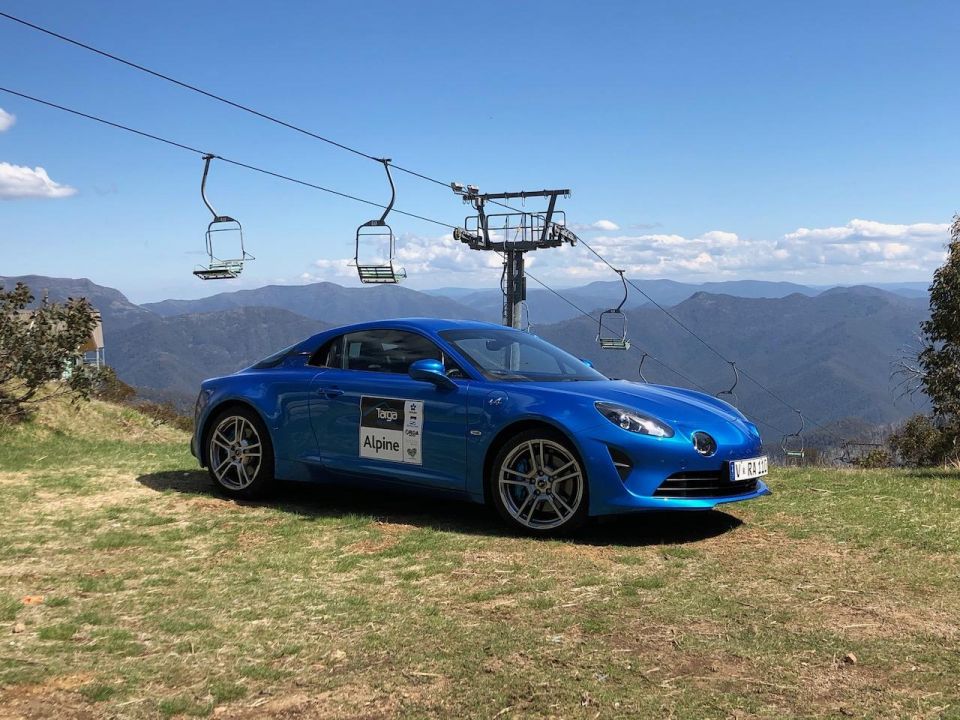

Senior Road Tester
I was armed with little more than 40 minutes of seat time behind the wheel of the (then) all-new Alpine A110, just prior to the start of the 2018 Targa High Country in Victoria.
So it didn’t seem quite real that we were catching multiple 911s in the Tour Class – for the third consecutive time inside an hour.
I’d like to think my Targa-winning co-driver and I partly contributed to the Alpine’s supercar-slaying performance that day, but it’s really a reflection of how good the reborn Alpine (pronounced al-peen) A110 was in the most challenging sections.
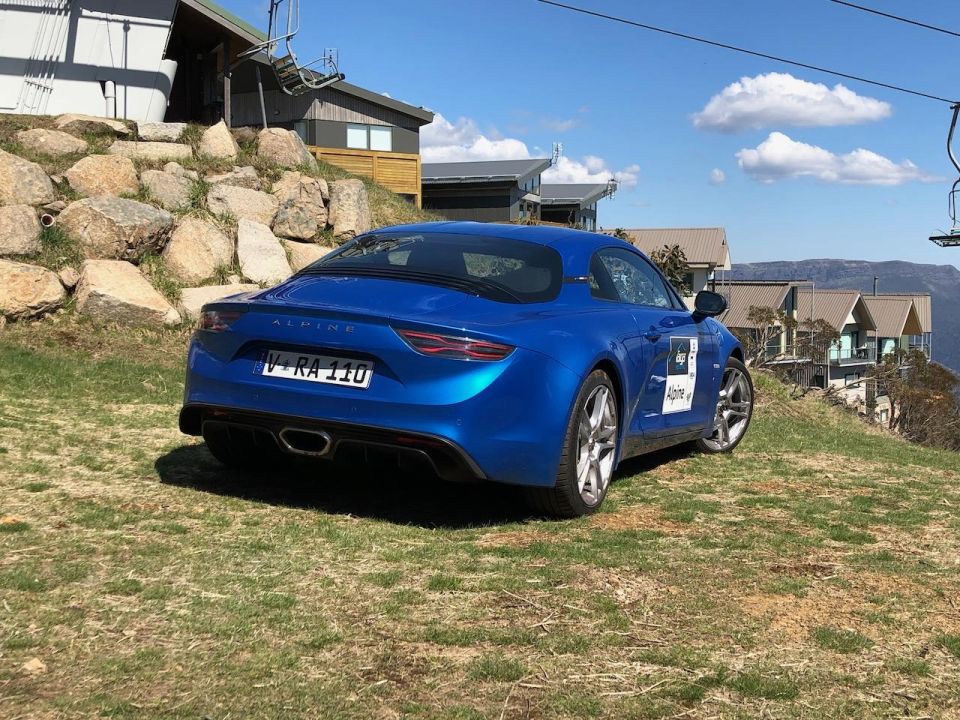
They had already claimed several high-performance exotics, which took an unfortunate dive down the unforgiving ravine.
The official speed limit for the class was set at 130km/h, but the Alpine was simply in a league of its own, and we found ourselves frequently hitting 180km/h plus through the faster-flowing bends before you even noticed it.
This, from a diminutive bit of lightweight French kit with a tiny 1.8-litre turbo-four mounted amidships. It blew my mind. Here was a two-seat, ultra-light, rear-wheel drive sports car out of a small factory in the coastal village of Dieppe in France that made the Porsche Cayman feel cumbersome by comparison.
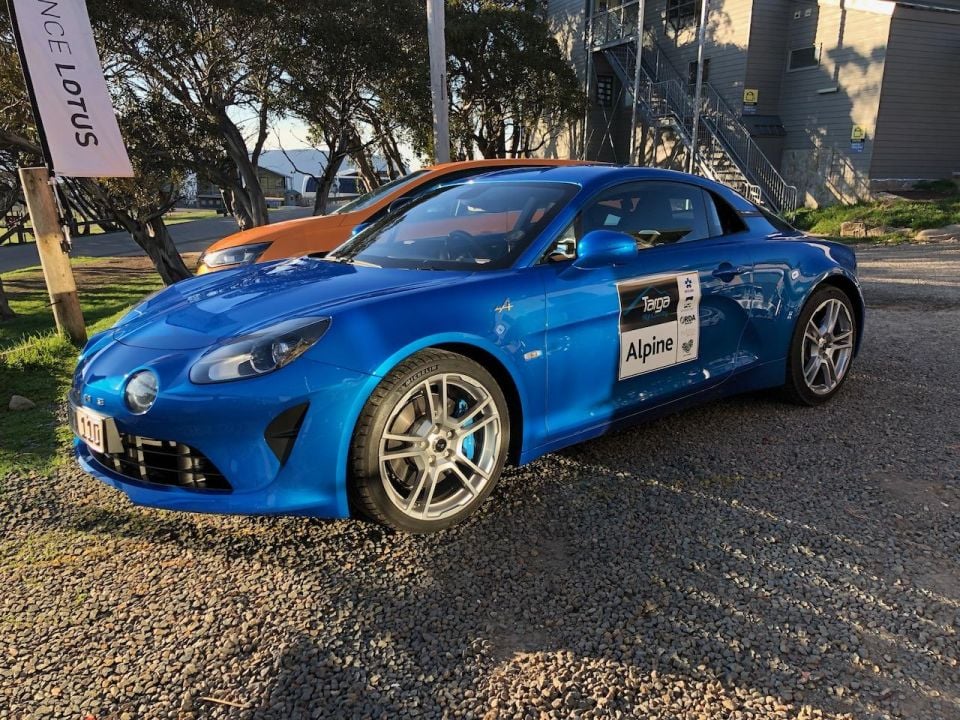
It didn’t matter that there were super expensive Porsche GT3s, Ferrari 488s or even Lamborghini Huracans in the event, the Alpine A110 was the car you wanted to be in for any number of reasons, but mostly because it could obliterate almost anything when engine displacement and power had little to do with it.
This was one of my most memorable drives in a career spanning 20 years, and I’ve been privileged with stints across multiple continents in everything from the Bugatti Veyron in France (at beyond 330km/h), Lamborghini Huracan Evo (flat out at Bahrain’s F1 circuit), and in James Bond’s Aston DB10 (complete with ejector button) immediately after the movie was released. And that’s just a sample.
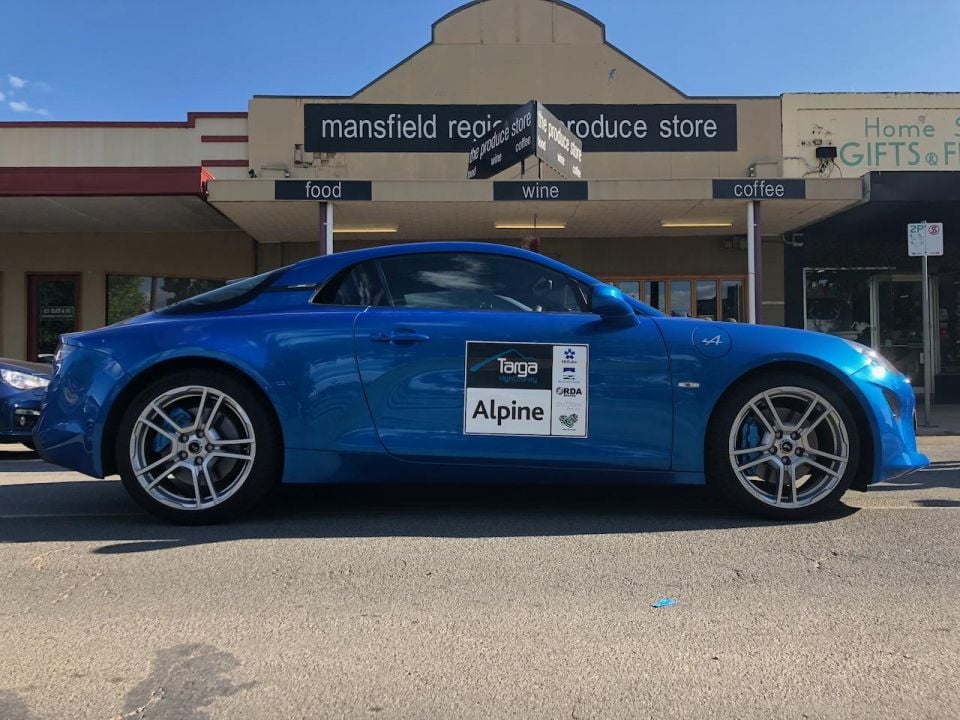
And yet, as truly marvellous as this miraculously engineered bit of French kit was to drive, I’ve only ever seen one example on the road in the years that’ve since elapsed.
That’s because only 83 lucky Australians bought an Alpine between 2018 when the car launched and September 2021, before the model was officially killed off for this market due to non-compliance with the strict new ADR 85 side-impact rule.
It’s such a crying shame that so few motoring enthusiasts here in Australia will ever get the opportunity to experience one of the world’s finest driver’s cars, and one that pays such perfect homage to the original rally-winning sensation that bore the same nameplate.
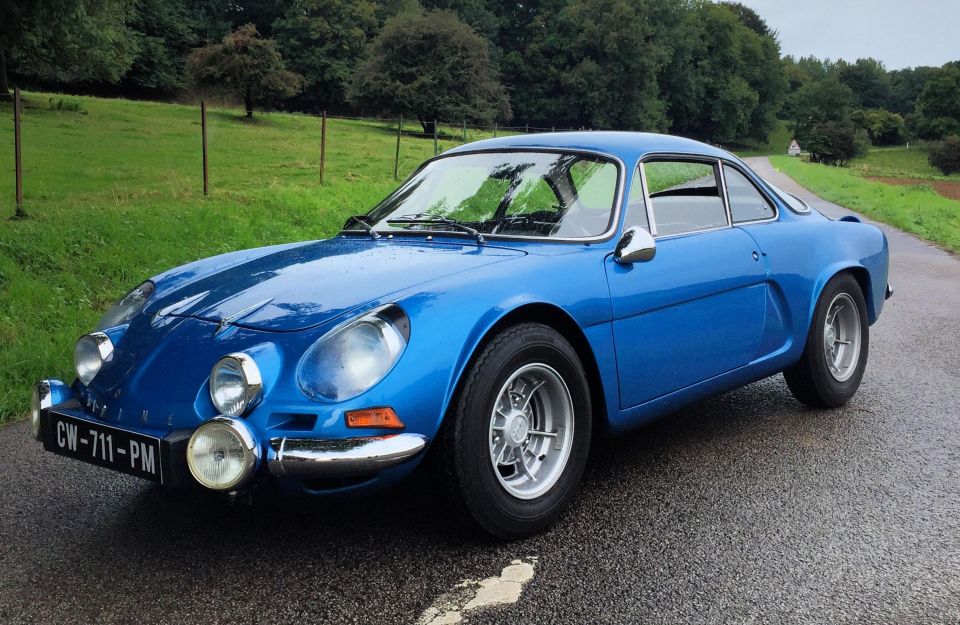
For those too young to know the historical pedigree behind the A110 badge, it was one of the most potent rally cars of its time, notching up wins in the legendary Monte Carlo Rally in 1971 and 1973, as well as taking out the first ever World Rally Championship that same year.
Renault Alpine even scored an outright win at the 1978 24 Hours of Le Mans in addition to countless other victories over far more exotic brands.
Photographs on any platform have never done the Alpine A110 the kind of justice it deserves.
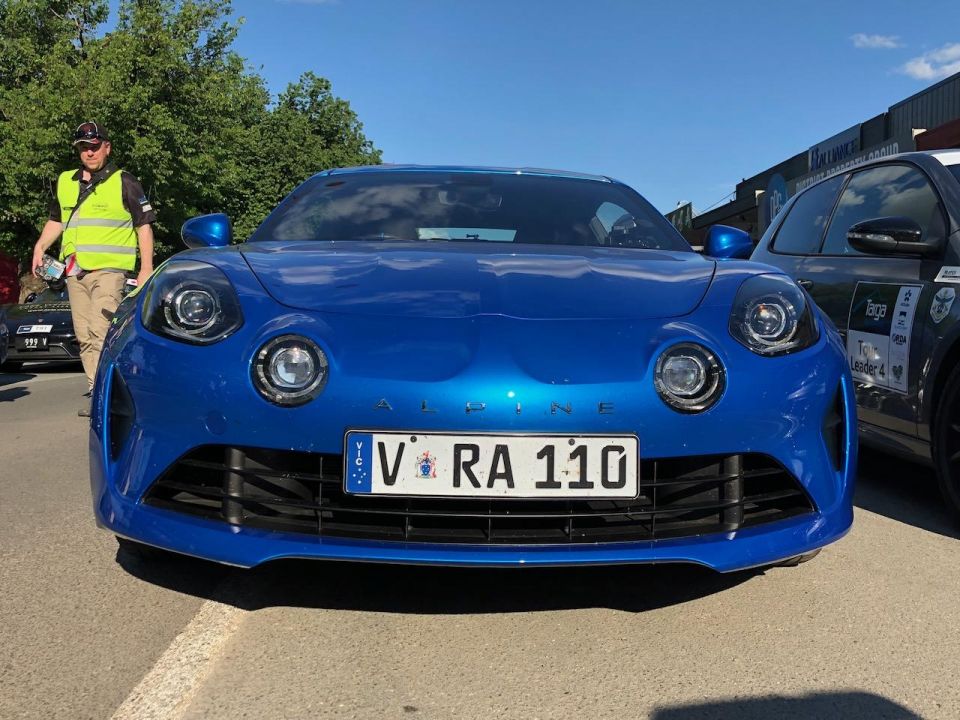
It’s a one-hundred percent exotic machine that trades displacement and horsepower for lightweight sorcery that’s been moulded into a beautiful shape full of delicious detail, like the flush-mounted front fog lights, finely-pressed bonnet spine, and the wraparound rear glass – and all of it resembling a modern take on the original A110 Berlinetta 1300G.
And if its French curves and intimate design details aren’t enough to sway you into an Alpine Blue A110, the engineering mastery surely does.
The car is 96 percent aluminium – that’s chassis and body. The anti-roll bars are hollow and aluminium suspension components were enough keep the car’s weight down to just 1080kg for the entry-level ‘Pure’ model, or 1103kg for our fully-loaded Premier Edition.
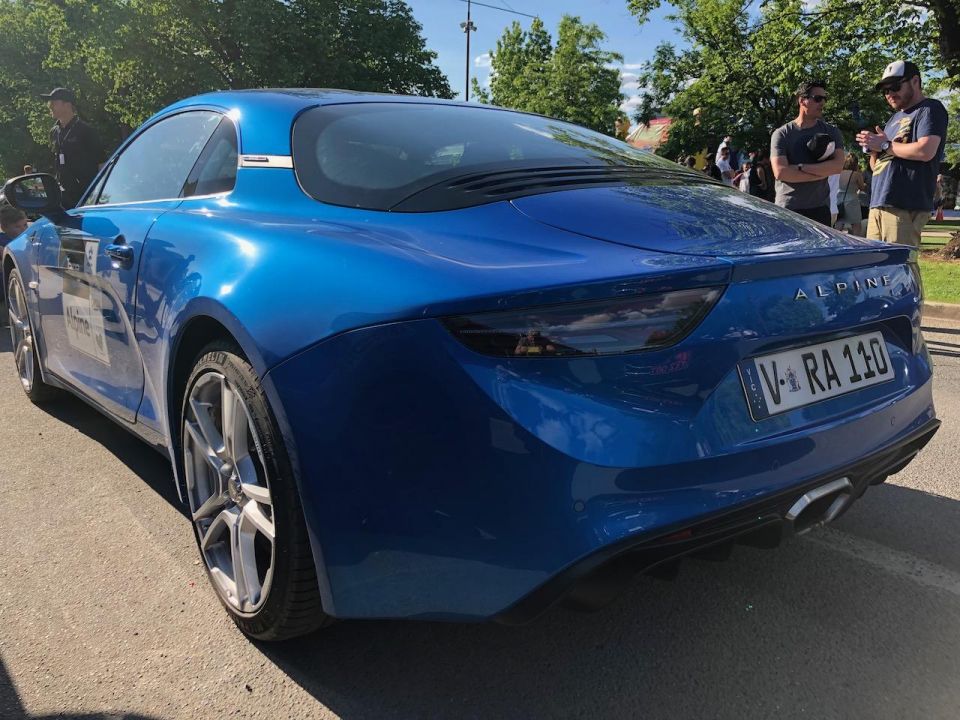
It’s hard to imagine, but that’s less than the Mazda MX-5 FR auto, and a massive 271kg less than the Porsche 718 Cayman with PDK auto. Yep, this was as much about cutting the grams as it was about the kilograms – the very hallmark of the Alpine brand from the outset since being founded by Jean Redele.
The one-piece bucket seats are especially tasty. Supplied by Italian racing specialist Sabelt using a blend of leather and microfibre, they resemble full-blown competition pews and yet are incredibly comfortable at the same time, thanks to quilted side bolsters.
Even the Brembo braking system gets the lightweight treatment by integrating the parking brake into the rear caliper to save 2.5kg. Not only that, they’ve also been designed to self-cool under extreme loads. And, forget about brake fade, too, there wasn’t any and they had great feel underfoot to boot.
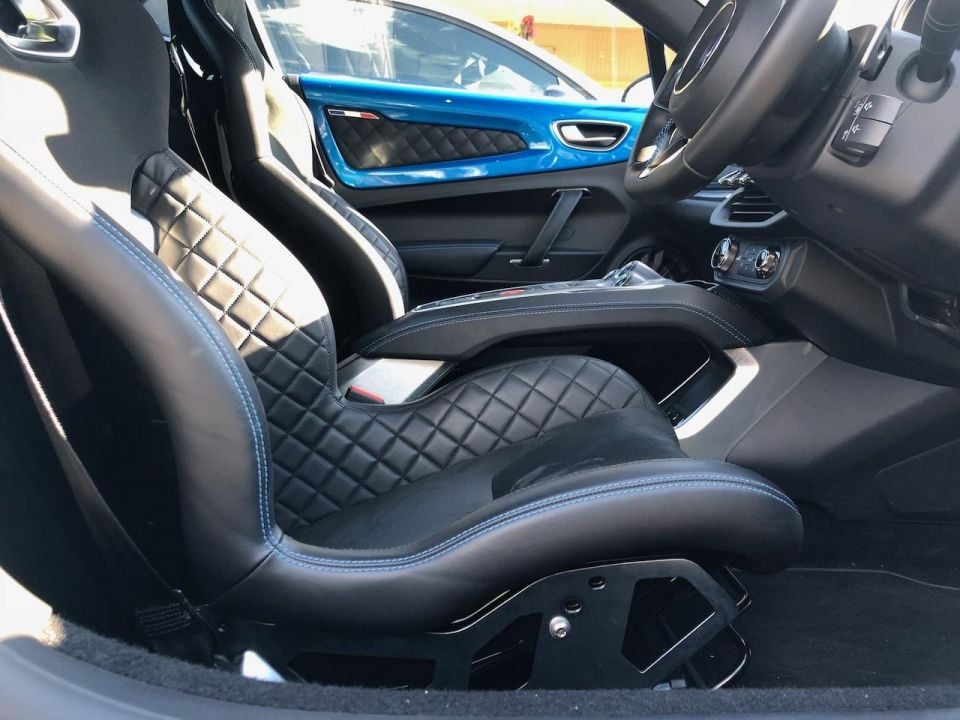
The forged aluminium wheels were special kit from German wheel manufacturer Otto Fuchs, which also suit the car beautifully and shed a few more kilos at the same time.
And, while the petite little French Alpine bares no pop-up rear wings or carbon-fibre front splitters, because that would only ruin it’s retro-mod design, it can still generate up to 195kg of downforce at 250km/h – its maximum governed speed.
Underneath, its dead-flat underbody works in concert with a fully functioning rear diffuser, while the specially formed front bumper with channelled air inlets produces an air curtain around the front wheels, which effectively reduces drag and turbulence at the same time.
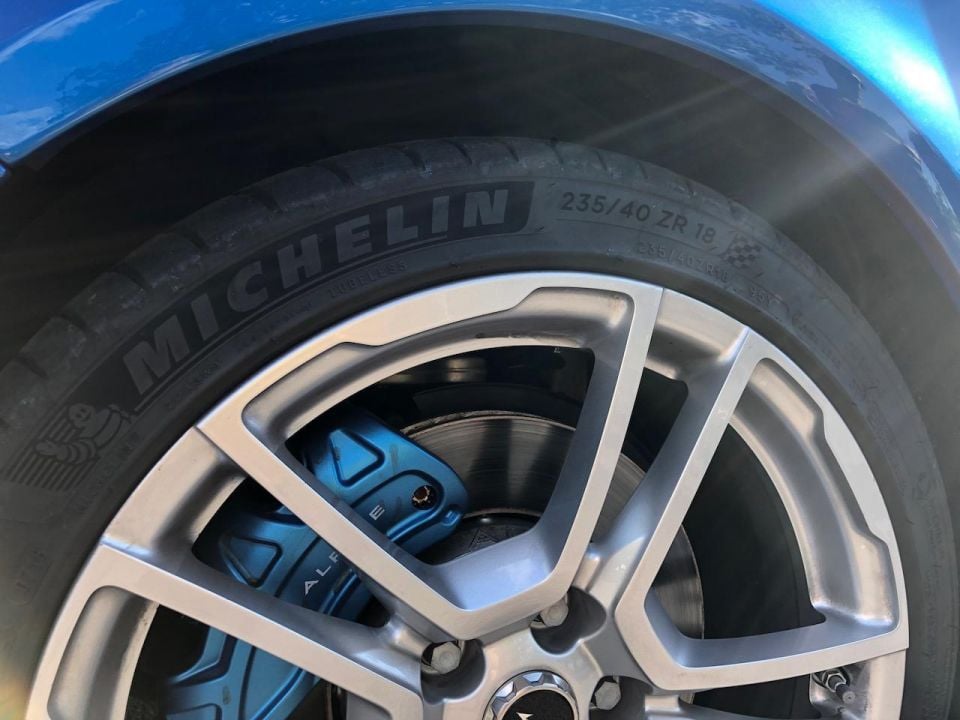
All-in-all, it’s a lightweight prescription that negates the need for anything more than the 1.8-litre turbo-four lifted from the Renault Megane RS, albeit detuned from the current maximum outputs in the RS Trophy (221kW and 420Nm) down to 185kW (215kW in the A110S) and 320Nm.
It doesn’t sound like much these days with hot hatches like the Mercedes-AMG 45 S making a staggering 310kW and 500Nm, or even BMW’s M135i xDrive with 225kW and 450Nm for less than seventy grand, but that’s not what the Alpine A110 is all about.
There are problems with all that power, like more heat, which requires complex cooling solutions, which add even more weight to an already larger engine, not to mention the need for additional braking power.
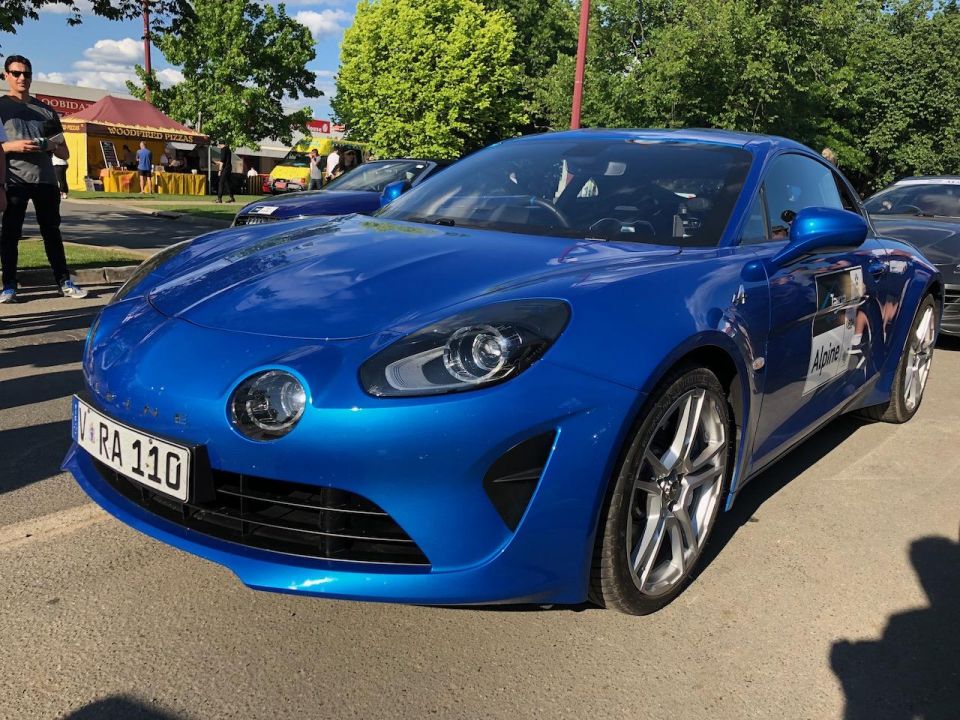
Nevertheless, right from the get-go the Alpine proved to be a potent bit of kit that took me by complete surprise, especially in the really twisty stuff. Not that it’s slow in the point-to-point straightaways, mind. It can scoot from 0-100 in 4.5 seconds (4.4s if you can find the later ‘S’ version).
But again, it’s the perfect chassis balance and extraordinary levels of feedback through the flat-bottomed steering wheel that allows you to drive the wheels off the Alpine with complete and utter confidence. There’s nothing like it, except maybe a Porsche GT3 RS or a McLaren 675LT, in terms of feedback through the pedals and steering wheel.
You keep pushing harder and harder, and the Alpine gets even better. It’s a car that will take you into the ‘zone’ even with a co-driver going non-stop with the pace notes. I found myself super-focused on the number she attributed to each corner and that’s it. All I needed to know was when I could go flat through the next series of bends and that was more often than not.

If you stuff it up, there are no issues, because the Alpine is also incredibly forgiving. It’s a very easy car to pedal hard and allows for constant mid-corner adjustments to be made on the hop, but it also demands you’re at your very best to glean the most satisfaction.
There was no body roll as you hustled it into the twistiest sections, at least none that I could register, even when I had the throttle pinned to the firewall, and that was almost always.
What’s more, there’s proper compliance dialled into the damping, so there’s no big hits even over the really bumpy stuff. That’s what I found so remarkable given I was expecting a firm ride from something so specialised.
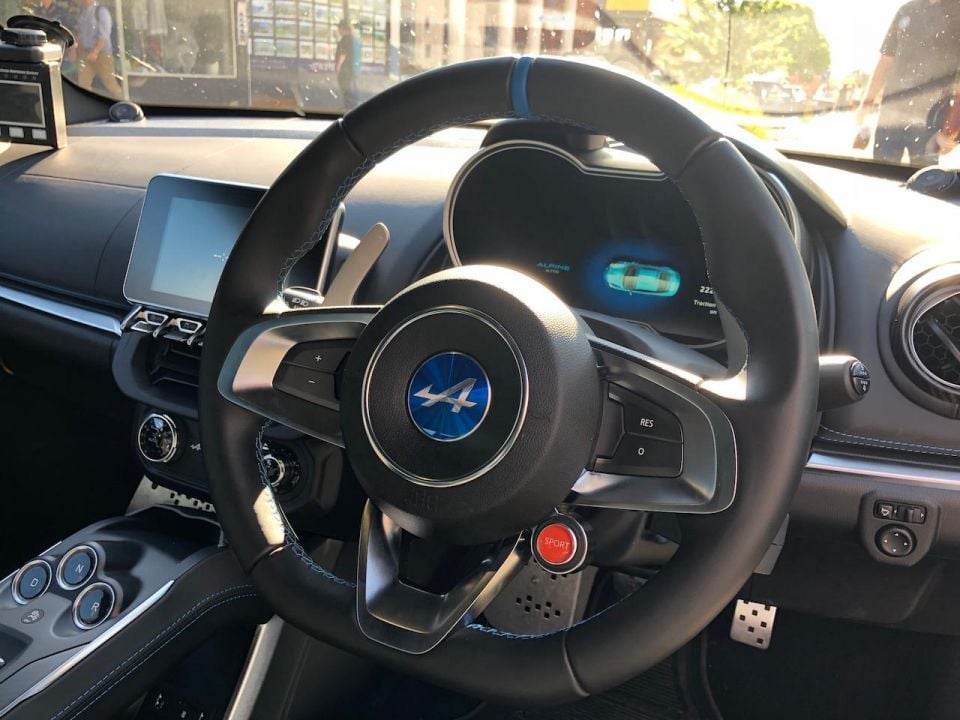
Not only that, grip levels from the not-so-wide tyre patch (205/40 front, 235/40 rear) and double-wishbone suspension system are truly off the charts. There’s seemingly limitless traction, so you just keep pushing. You keep upping the ante, and it keeps sticking just the same.
It’s so close to perfect but for one chink in the Alpine’s otherwise impenetrable armour, and that’s the seven-speed dual-clutch transmission by Getrag. Don’t get me wrong, it’s mostly up to the task – even during a full-scale assault on Victoria’s High Country. But, it could be sharper and more decisive like Porsche’s benchmark PDK.
Even the interior is fine by me, it’s more than I was expecting to be honest. There’s plenty of stitched leather and brushed alloy trim to make things presentable, but there’s also the usual cheaper plastics below the deck.
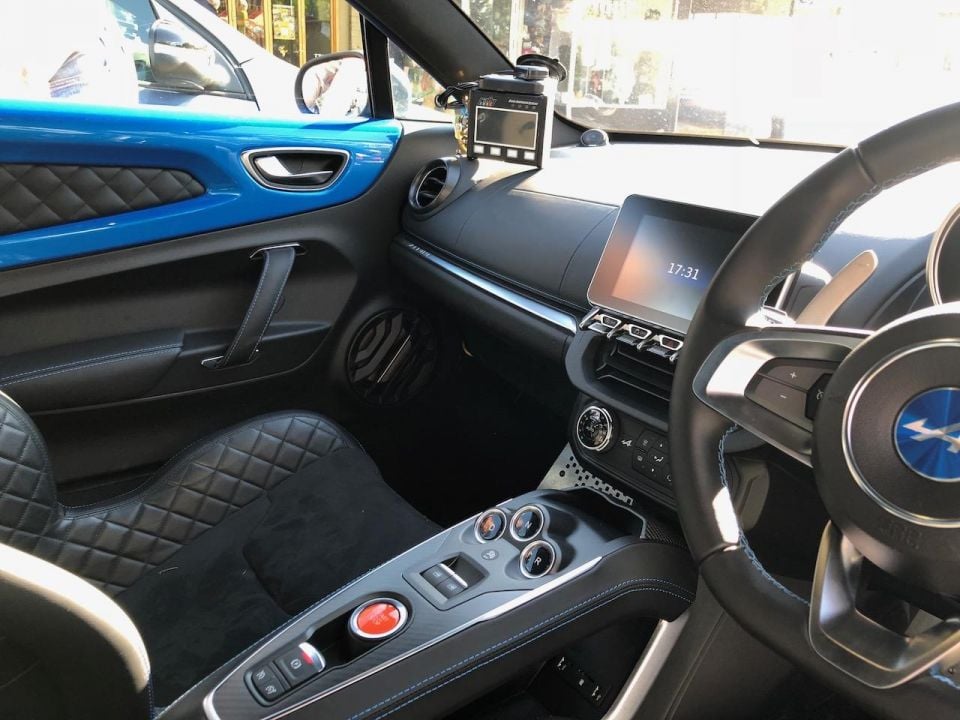
However, I do like the body-coloured trim accents on the door cards, and all the switchgear is clearly placed and easy to access. It certainly satisfying but not up to Porsche standards in terms of materials or fit and finish. But again, that’s secondary to the Alpine’s all-conquering handling prowess.
There are only four Alpine A110’s for sale in Australia at the time of writing this story and I’m quite sure when I check back in a year’s time there may be none listed.
However, there’s a 1971 Alpine-Renault A110 1300 G Berlinetta for sale for $170,000 if you’re interested. It’s probably a good buy, even at that price, as the world races towards a solely EV future.
MORE: Alpine looking at a global expansion, return to Australia possible MORE: Mid-sized electric Renault SUV coming with hot Alpine version MORE: Alpine lays out its electric future
Where expert car reviews meet expert car buying – CarExpert gives you trusted advice, personalised service and real savings on your next new car.
Anthony Crawford is a CarExpert co-founder and senior presenter with 20+years in automotive journalism and content creation.


Ben Zachariah
16 Hours Ago


Damion Smy
17 Hours Ago
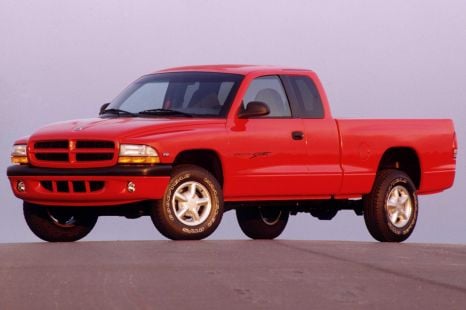

Derek Fung
17 Hours Ago


Ben Zachariah
18 Hours Ago
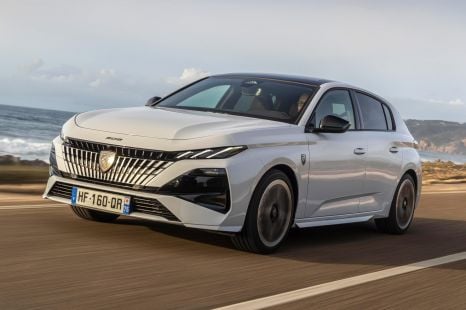

Matt Robinson
24 Hours Ago


CarExpert.com.au
1 Day Ago